The US Fish and Wildlife Service’s 2012 Annual Report for the Northern Rocky Mountain (NRM) Gray Wolf Population shows fewer wolves in more packs. The overall decrease in the number of wolves is seven percent, the report found. It’s the first decrease in wolf population since 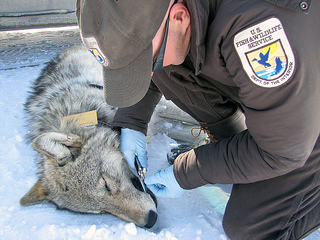 restoration efforts in the region began.
restoration efforts in the region began.
An Associated Press story that ran in the Helena (Montana) Independent Press and elsewhere noted that wolf populations were down 16 percent from 2011 in Wyoming, four percent in Montana and eight percent in Idaho. There were population gains in eastern Washington and eastern Oregon, the article says.
An article in the Spokane Spokesman-Review sites a slightly different number, an 11 percent decrease, and says that state wildlife managers had hoped for a larger decrease in the population.
Read the 2012 Annual Report for the Northern Rocky Mountain (NRM) Gray Wolf Population here. (13-page PDF)
Read the US Fish and Wildlife Service press release here. (It is a less a summary of the report than support for current management strategies.)
Read the AP story in the Helena Independent Record, here.
Read the Spokane Spokesman-Review article, here.
Montana Wolf Management Advisory Council also met on the same day the report was released. It suggested a bounty system and creating a list of trappers among other things. Read the article in the [Montana] Missoulian, here.
Photo: National Elk Refuge biologist Eric Cole removes a whisker from a male yearling wolf. The sample can be used for a sample isotope analysis to learn about the animal’s diet. Credit: Lori Iverson / USFWS

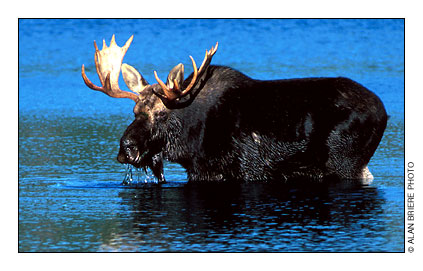
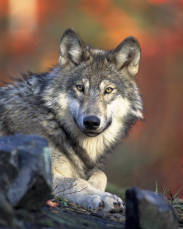

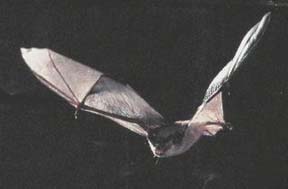 The Montana Natural Heritage Program is collecting baseline information on the state’s bats that will be vital if the state is ever struck with white nose syndrome (WNS),
The Montana Natural Heritage Program is collecting baseline information on the state’s bats that will be vital if the state is ever struck with white nose syndrome (WNS), 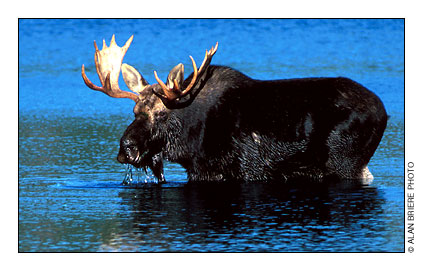
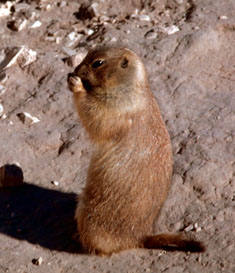 Oregon vesper sparrow and Mazama pocket gopher; mountain plover, burrowing owl and McCown’s longspur; the palila, a rapidly-declining Hawaiian honeycreeper; Karner blue butterfly, grasshopper sparrow, Henslow’s sparrow, and northern harrier; and white-tailed, Gunnison’s, Utah, and black-tailed prairie dogs are among the non-game species to benefit from this round of the
Oregon vesper sparrow and Mazama pocket gopher; mountain plover, burrowing owl and McCown’s longspur; the palila, a rapidly-declining Hawaiian honeycreeper; Karner blue butterfly, grasshopper sparrow, Henslow’s sparrow, and northern harrier; and white-tailed, Gunnison’s, Utah, and black-tailed prairie dogs are among the non-game species to benefit from this round of the